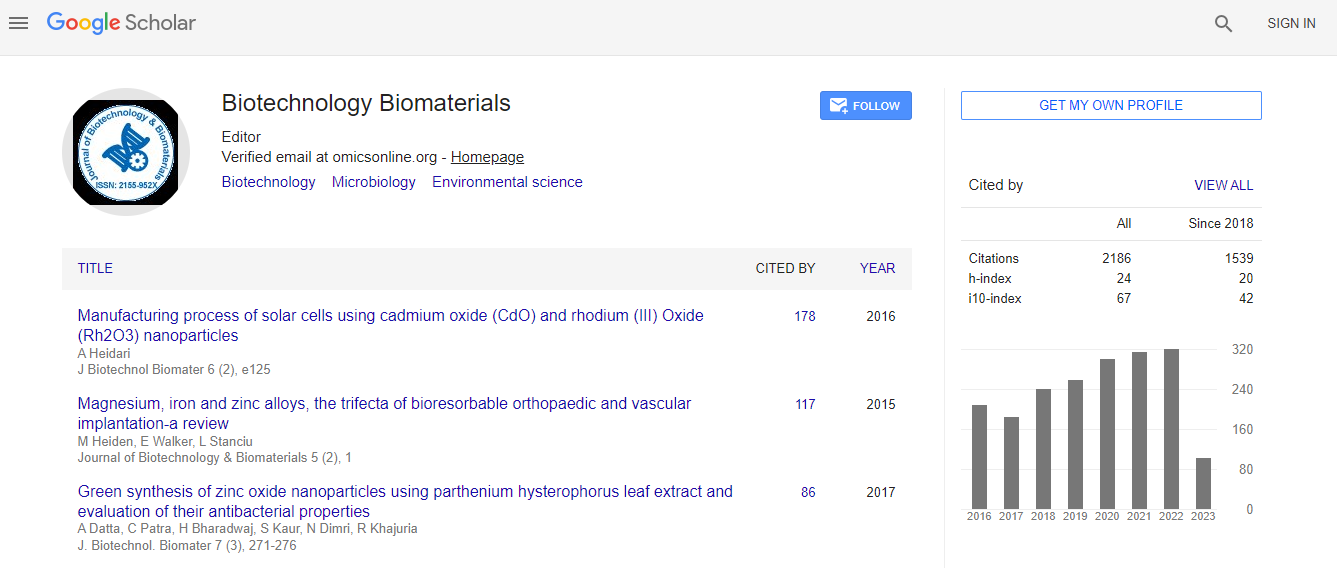Editorial
Exosomes and Shedding Microvesicles are Mediators of Intercellular Communication: How do they Communicate with the Target Cells?
Suresh Mathivanan*Department of Biochemistry, La Trobe Institute for Molecular Science, La Trobe University, Melbourne, Victoria 3086, Australia
- Corresponding Author:
- Suresh Mathivanan
Department of Biochemistry
La Trobe Institute for Molecular Science
La Trobe University, Melbourne, Victoria 3086, Australia
Tel: +61 03 9479 2506
Fax: +61 03 9479 1226
E-mail: S.Mathivanan@latrobe.edu.au
Received date: June 29, 2012; Accepted date: June 30, 2012; Published date: July 11, 2012
Citation: Mathivanan S (2012) Exosomes and Shedding Microvesicles are Mediators of Intercellular Communication: How do they Communicate with the Target Cells? J Biotechnol Biomater 2:e110. doi:10.4172/2155-952X.1000e110
Copyright: ©2012 Mathivanan S. This is an open-access article distributed under the terms of the Creative Commons Attribution License, which permits unrestricted use, distribution, and reproduction in any medium, provided the original author and source are credited.
Abstract
Intercellular interactions are pivotal for basic cellular activities and errors in either receiving or transmitting these signals are shown to cause pathological conditions. Whilst, such intercellular communications were once thought to be regulated by membrane surface molecules and/or soluble secreted proteins by stimulating the target cells through receptor mediated activation, increasing evidences suggest that extracellular microvesicles (EMVs) can also trigger such signaling events in the target cells. Exosomes and shedding microvesicles (SMVs) are classes of EMVs that are membrane enclosed organelles released by cells under physiological and pathological conditions [1-6]. Among the EMVs, exosomes are small (40-100 nm diameter) membraneous vesicles of endocytic origin while SMVs (also referred to as ectosomes) are large membranous vesicles (50-1000 nm diameter) that are shed directly from the plasma membrane (PM) [7]. Recent studies have shown that these EMVs mediate intercellular communication [8-10] and are shown to harbour mRNA, microRNA, proteins and lipids [8,11-14] based on the host cell.

